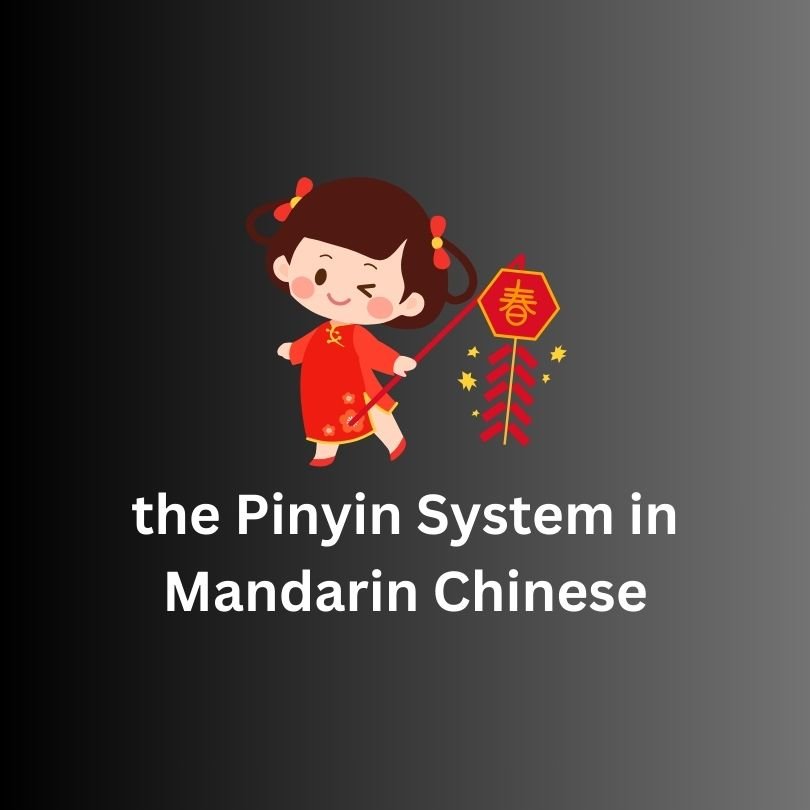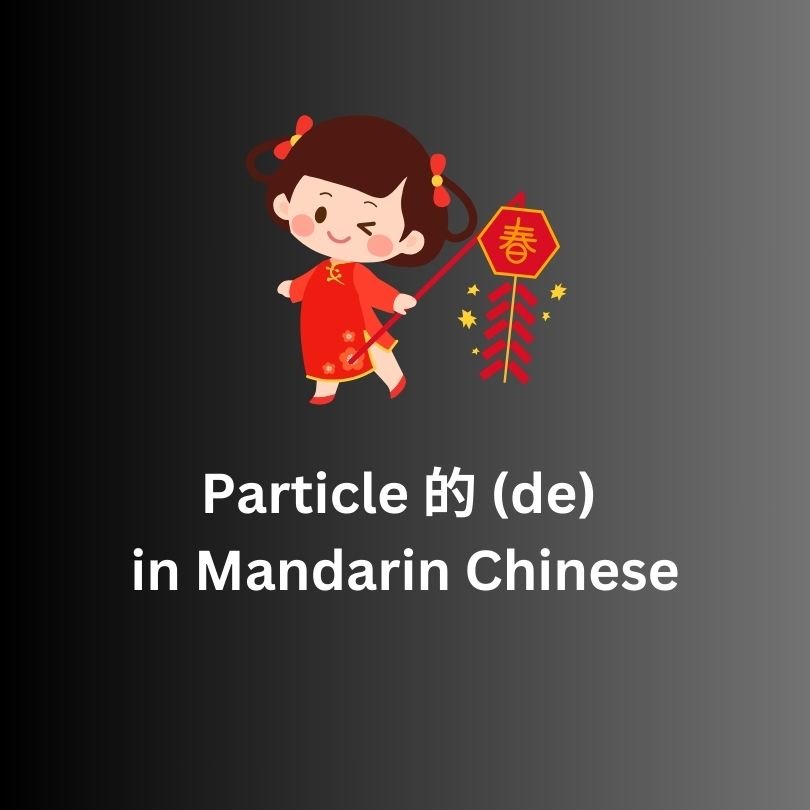Mastering Sentences with 是 (Shì) in Mandarin Chinese
The verb 是 (shì) is one of the most fundamental and frequently used verbs in Mandarin Chinese. It functions similarly to the English verb “to be,” serving as a link between the subject and its description or identification. Understanding how to use 是 (shì) correctly is essential for forming basic sentences in Chinese. This article will provide a comprehensive guide on how to use 是 (shì) in various contexts, along with examples and practice exercises to help you master its usage.
Basic Usage of 是 (Shì)
The primary function of 是 (shì) is to link the subject of a sentence with its predicate, which can be a noun, pronoun, or adjective.
Structure:
- Subject + 是 (shì) + Predicate
Examples:
- 我是学生。(Wǒ shì xuéshēng.) – I am a student.
- 他是老师。(Tā shì lǎoshī.) – He is a teacher.
- 这是我的书。(Zhè shì wǒ de shū.) – This is my book.
Using 是 (Shì) with Nouns
When 是 (shì) is used to link the subject to a noun, it indicates that the subject is identified or classified as the noun.
Examples:
- 她是医生。(Tā shì yīshēng.) – She is a doctor.
- 我们是朋友。(Wǒmen shì péngyǒu.) – We are friends.
- 北京是中国的首都。(Běijīng shì Zhōngguó de shǒudū.) – Beijing is the capital of China.
Using 是 (Shì) with Pronouns
是 (shì) can also link the subject to a pronoun, emphasizing identification or relation.
Examples:
- 那个人是我。(Nàgè rén shì wǒ.) – That person is me.
- 这些是你的东西。(Zhèxiē shì nǐ de dōngxi.) – These are your things.
- 那是我们的家。(Nà shì wǒmen de jiā.) – That is our home.
Using 是 (Shì) with Adjectives
While 是 (shì) is typically used with nouns and pronouns, it is not used directly with adjectives to describe a subject’s state or quality. Instead, the adjective usually follows the subject directly without 是 (shì). However, 是 (shì) can be used in sentences to emphasize the state or condition when combined with other structures.
Examples:
- 他很聪明。(Tā hěn cōngmíng.) – He is very smart. (Note: 很 (hěn) is used instead of 是 (shì).)
- 这本书是新的。(Zhè běn shū shì xīn de.) – This book is new. (Here, 是 (shì) emphasizes the state with a descriptive particle 的 (de).)
Forming Questions with 是 (Shì)
To form questions using 是 (shì), you can add the particle 吗 (ma) at the end of the statement, or use question words such as 什么 (shénme) for “what” or 谁 (shéi) for “who.”
Examples:
- 你是学生吗?(Nǐ shì xuéshēng ma?) – Are you a student?
- 他是谁?(Tā shì shéi?) – Who is he?
- 这是什么?(Zhè shì shénme?) – What is this?
Forming Negative Sentences with 是 (Shì)
To negate a sentence with 是 (shì), use the negative particle 不是 (bú shì) before the predicate.
Examples:
- 我不是老师。(Wǒ bú shì lǎoshī.) – I am not a teacher.
- 这不是我的书。(Zhè bú shì wǒ de shū.) – This is not my book.
- 他不是学生。(Tā bú shì xuéshēng.) – He is not a student.
Emphasizing with 是 (Shì)
是 (shì) can also be used to emphasize a specific element in a sentence, especially in contrastive sentences.
Examples:
- 我是昨天来的。(Wǒ shì zuótiān lái de.) – I came yesterday.
- 是他做的。(Shì tā zuò de.) – It was him who did it.
Practice Exercises
To reinforce your understanding of 是 (shì), try these exercises:
- Translate the following sentences into Chinese:
- “She is a teacher.”
- “This is my book.”
- “Are you a student?”
Answers:
- 她是老师。(Tā shì lǎoshī.)
- 这是我的书。(Zhè shì wǒ de shū.)
- 你是学生吗?(Nǐ shì xuéshēng ma?)
- Negate the following sentences:
- 他是医生。(Tā shì yīshēng.)
- 那是我们的家。(Nà shì wǒmen de jiā.)
- 这本书是新的。(Zhè běn shū shì xīn de.)
Answers:
- 他不是医生。(Tā bú shì yīshēng.)
- 那不是我们的家。(Nà bú shì wǒmen de jiā.)
- 这本书不是新的。(Zhè běn shū bú shì xīn de.)
- Form questions using 是 (shì):
- “He is a student.”
- “This is your pen.”
- “She is my friend.”
Answers:
- 他是学生吗?(Tā shì xuéshēng ma?)
- 这是你的笔吗?(Zhè shì nǐ de bǐ ma?)
- 她是我的朋友吗?(Tā shì wǒ de péngyǒu ma?)
Conclusion
Mastering the use of 是 (shì) is crucial for forming basic sentences in Mandarin Chinese. Whether you are identifying people, objects, or emphasizing certain aspects of a statement, 是 (shì) serves as an essential building block in your Chinese language skills. Practice regularly, and soon you’ll find yourself using 是 (shì) naturally and confidently in your conversations. Happy learning!



